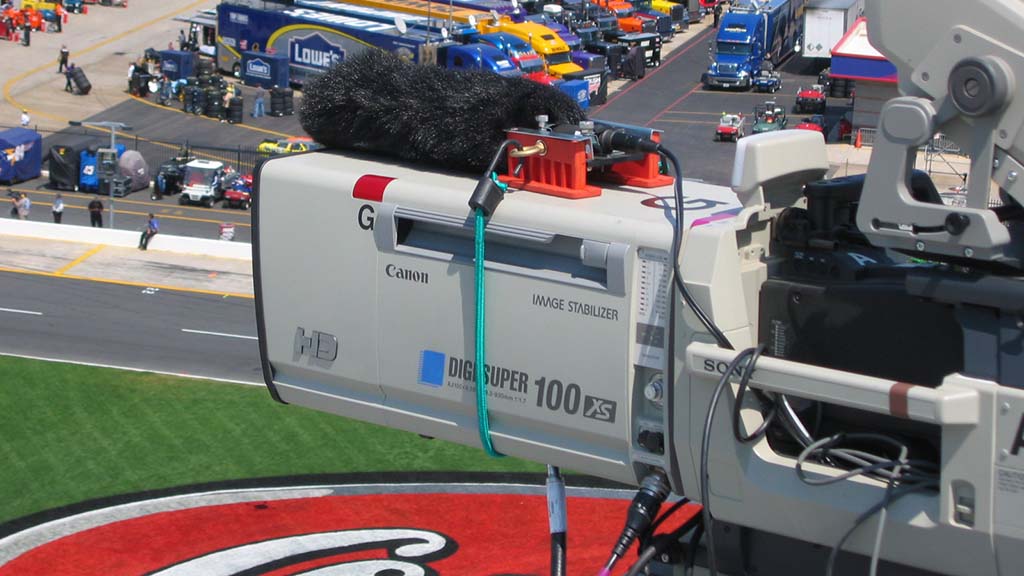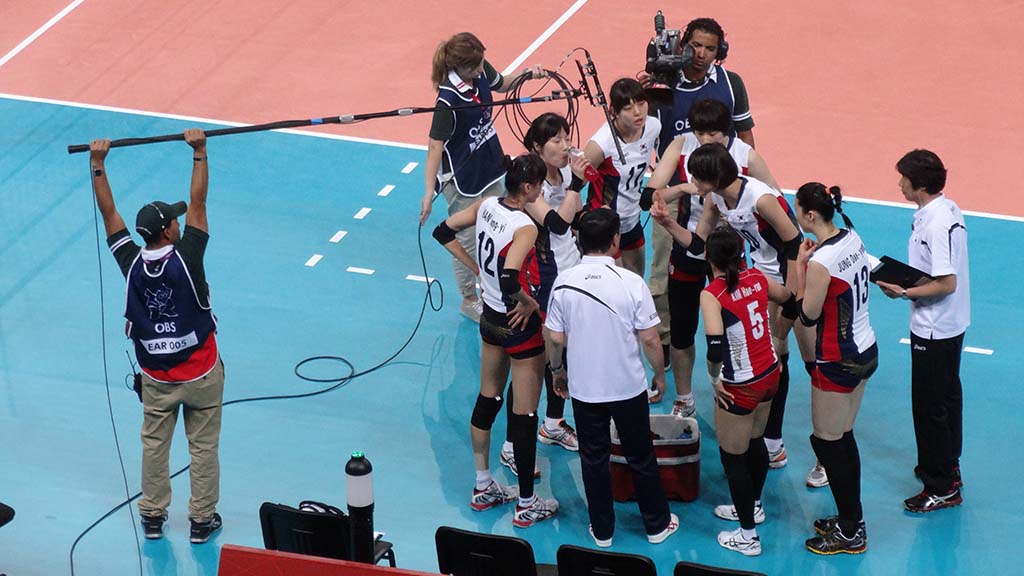Microphones: There’s More to It Than Just Point and Play
Capturing broadcast sound relies on a sophisticated grasp of mic technology’s nuances

Broadcast sound is crafted from a variety of microphones so that the final/composite sound field replicates what your ears really hear and the information your brain processes as the sound environment. It is amazing that your brain, along with some directional head-pointing, creates and mixes the soundtrack of life, everything around you, with all of its glorious sonic details. Plus, the brain remembers what you think it all sounds like and what you like.
A sound field is a composite of all the acoustic environment’s sounds with all the different intensities, moshed with direct and reflected sound waves that all blend and interfere with each other to create an “acoustic gumbo.” This is the simple reason why it is impossible to capture all the details of a soundscape with a single microphone.
Basic microphone physics begins with a single transducer/diaphragm capturing the entire sound field. In theory, a single omnidirectional microphone should be able to capture the sound field—like your ear—however, there are significant diminishing returns the further you move away from the microphone diaphragm. An analogy—a camera lens can focus in on an object for a “close-up” while a microphone cannot.
Separating the Noise
Typical sound environments are full of noise, which attenuates the clarity and fidelity of a sound source. Go into a venue and just listen—there is a base level of sound from HVAC systems and ice coolers, but mostly from the diffusion and decay of many complex sound waves. The problem is that your audio capture must be above this base layer of noise.
Early sports sound depended on just a few microphones that often blended a pleasant holistic representation of the sound field. Shotgun microphones inherently overreach their targeted sound and detect background clutter, like spectators. Often, this resulted in a good balance of sport and spectator sound from a single microphone. It was not until surround and immersive sound that the audio mix needed more defined spectator zones, which required the spectator atmosphere and ambiance to be captured separately from the event-specific sounds.
Mono transducers inherently have “full omnidirectional pickup” and are crafted for separation by physical characteristics like housing, porting and mounting. For example, a directional microphone is designed to reject directions and frequencies either physically by construction and design or electronically. Construction and porting creates cancellation of certain frequencies in the sound field that may not be desired, while electronics are also used to shape aspects of a sound field through cancellation, equalization and electronic manipulation.

Further, with fast computers, there has been success with multicapsule microphones that are capable of specific pattern isolation known as “beam forming.” The beams are electronically mapped and able to track the focused microphone beam pattern on a moving object such as an athlete or a ball.
The professional video industry's #1 source for news, trends and product and tech information. Sign up below.
Additionally, combinations of microphone capsules are used to create the illusion of stereo, surround and even immersive sound.
There is no doubt that the materials and technology of modern microphones are capable of a close-to-perfect representation of a sound field; however, capture still seems to be a mystery. A mediocre microphone can sound decent if it is properly mounted. Unfortunately, I am surprised that I still see shotgun microphones flat on camera lenses—check out baseball.
How to Aim a Shotgun
A shotgun microphone is designed and constructed to have focused-forward reach where the microphone is pointed; however, this requires full 360-degree free-field sound, not reflective sound from the camera lens. When the shotgun microphone is placed flat on the camera lens there is a “boundary” boost, but there is also frequency alteration.
Microphones benefit from accurate and proper axis and direction orientation. When stereo shotgun microphones were introduced, there was some carelessness with the left/right and even the up/down orientation of the microphone, so the sound didn’t match the picture. In a quiet setup, this may be difficult to detect, but it is obvious when the microphone is mounted on a handheld camera.
Television sound is about presenting an appropriate enhancement to the picture subject to interpretation, taste and the technology of the day. Most sound mixers work hard to get those singular microsonics that are unmistakably the event, but the great sound mixers have clean capture and a knack for that proper sonic blend.
Even though the entire broadcasting signal chain is digital, the beginning and the end are still analog. We live in an analog world and we ingest analog sound and visuals and convert frequencies to brain waves. So when the A1 sound mixer asks for some more microphone, humor them, because you know why.
Dennis Baxter has spent over 35 years in live broadcasting contributing to hundreds of live events including sound design for nine Olympic Games. He has earned multiple Emmy Awards and is the author of “A Practical Guide to Television Sound Engineering,” published in both English and Chinese. His current book about immersive sound practices and production will be available in 2022. He can be reached at dbaxter@dennisbaxtersound.com or at www.dennisbaxtersound.com.

